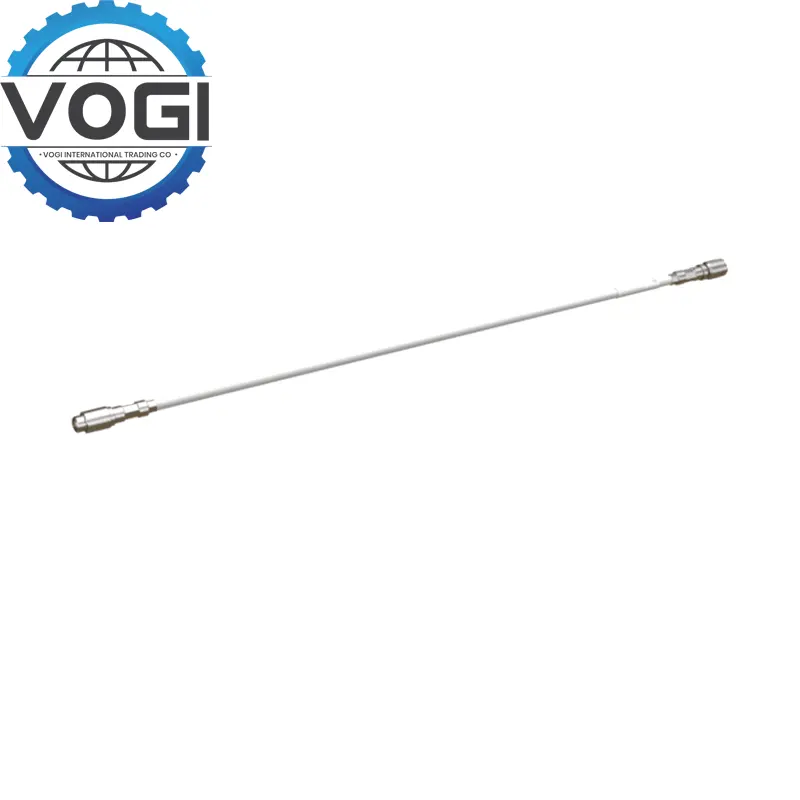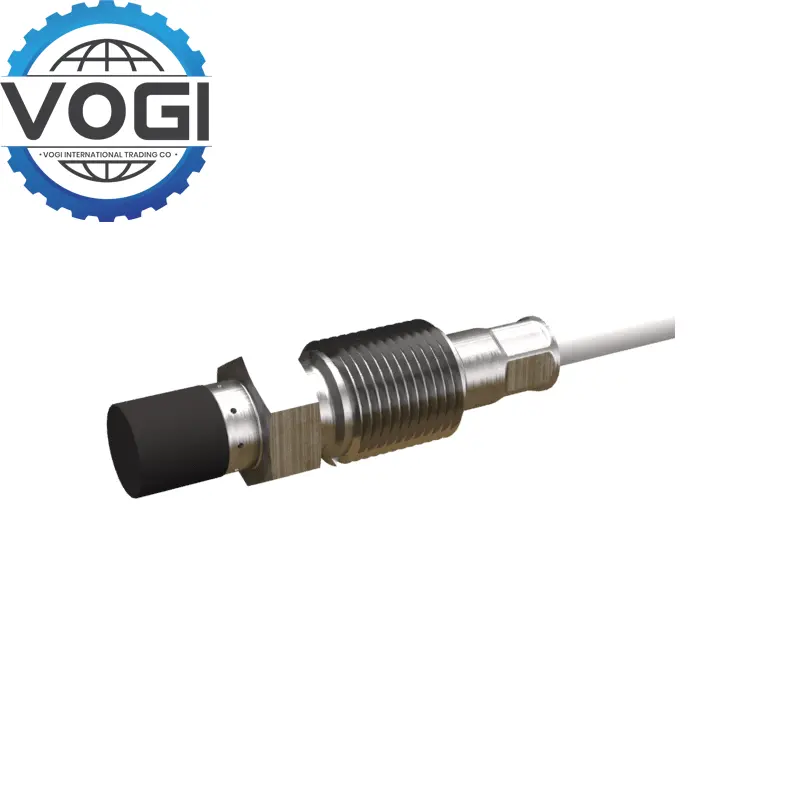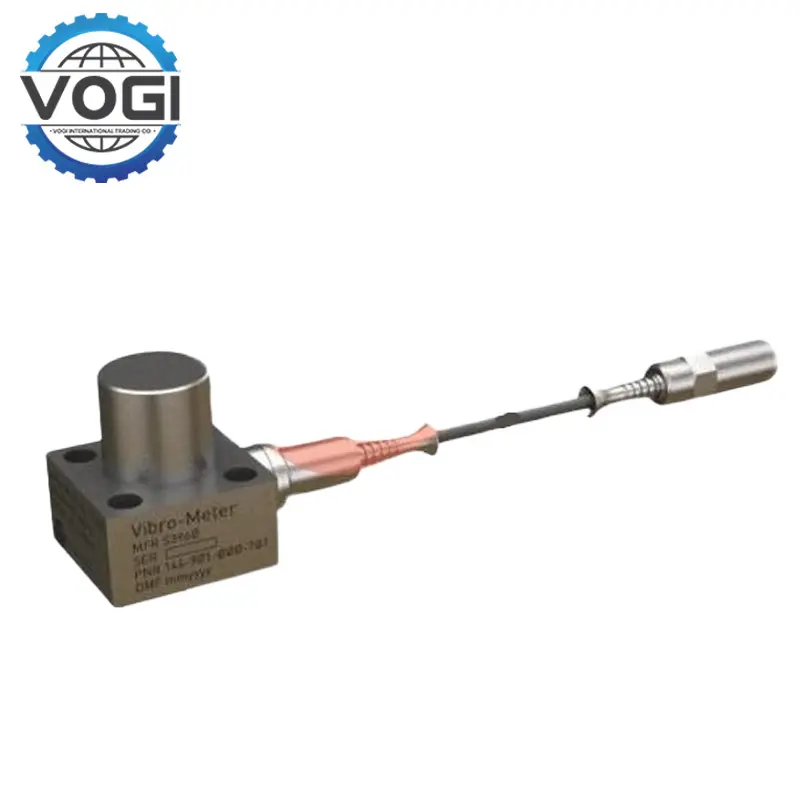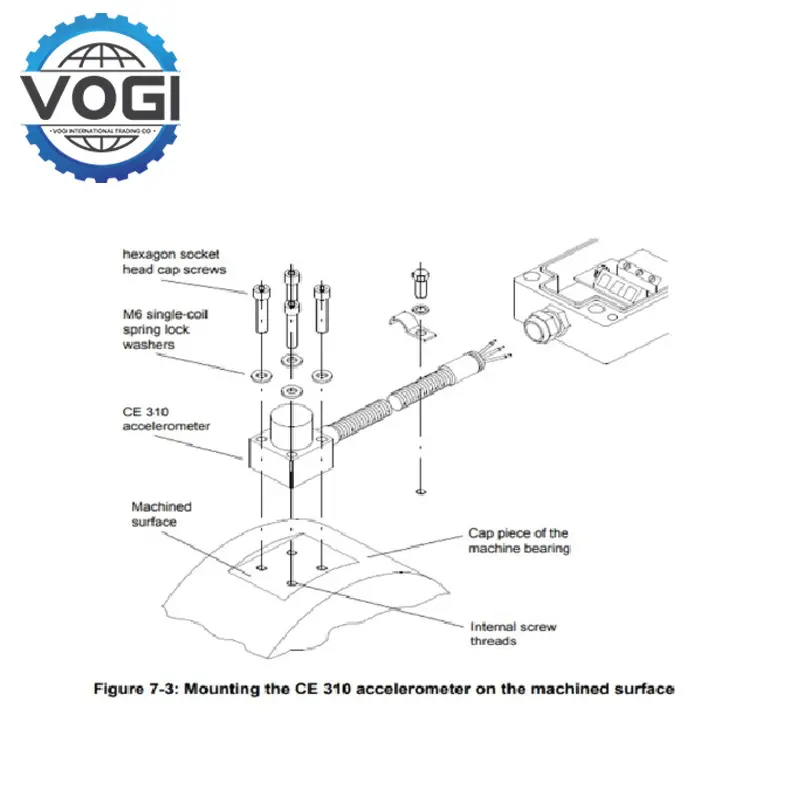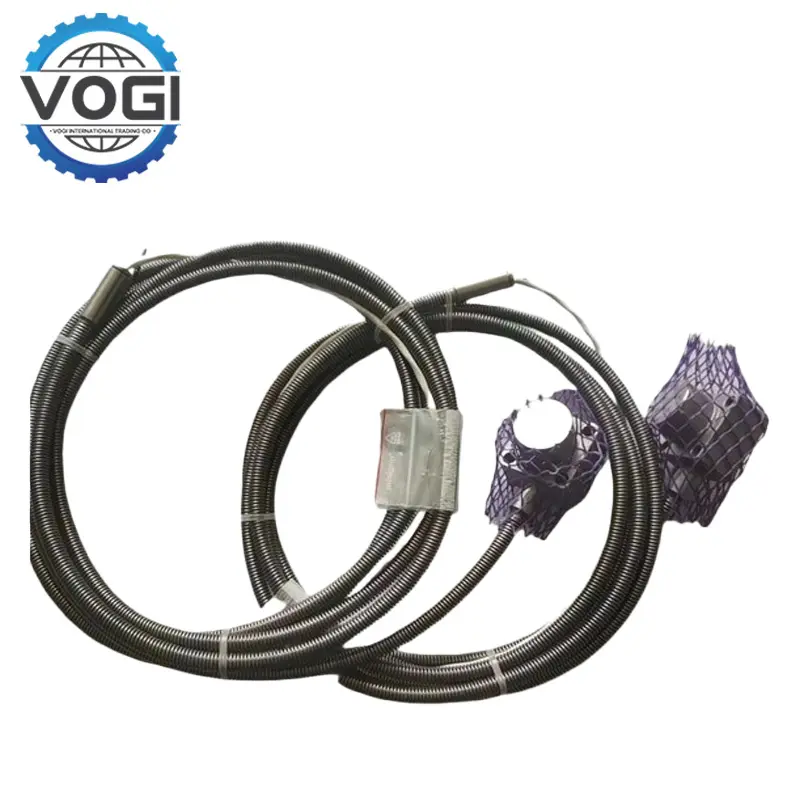0102030405
Vibration CE310 Accelerometer
Key SpecificationsVogi
Sensitivity: Ranges from 10 mV/g to 100 mV/g.
Dynamic Range: 0.01 to 400 g peak.
Working Temperature Range: - 40 ℃ to + 125 ℃.
Protection: Hermetically sealed housing, IP68 rating.
Operational Range: 0.5–6000 Hz (±5%).
Resonant Frequency: >22 kHz.
Key FeaturesVogi
Multi-scenario adaptable design: Vibro CE310 adopts modularization, which can support contact and non-contact measurement mode to adapt to the various extreme environments such as high temperature and high pressure, such as aircraft engine spool thermal modal test and nuclear reactor fluid-induced vibration monitoring.
Intelligent diagnosis and predictive maintenance: Integrate ISO 10816 Vibro severity rating standards, automatically determine the health status of equipment, combined with the built-in bearing fault feature library (such as SKF, NSK models), to quickly locate the root cause of the problem. Long-term trend analysis of vibration can not only output historical data curves, but also push them to mobile terminals (threshold alarm) to help early warning of high-speed shaft bearing damage of wind turbine gearbox and avoid unplanned downtime.
Technical advantages and value: Create more than 60% of maintenance costs savings through early fault diagnosis, be consistent with ISO 55000 asset management standards; its non-contact measurement mode, avoid traditional sensors of fragile structures, but also applicable to thin-walled panels or precision instruments and other scenarios.
Freight Estimation(Part Of The Area)Vogi
|
Destination |
Freight |
|
Middle East |
$42 |
|
Southeast Asia |
$15 |
|
South Asia |
$55 |
|
South Africa |
$47 |
|
Europe and USA |
$27 |
|
Russia |
$50 |
ApplicationVogi
Energy and Power: Vibro CE310 monitor thermal bending vibration of steam turbine rotors in thermal power plants to optimize overhaul cycles; analyze tower resonance and blade cracks in wind farms, and formulate dynamic maintenance strategies based on wind speed data.
Transportation: Diagnose polygonal wear and gearbox noise of subway train wheelsets, capture wheel-rail impact vibration through time domain waveforms, and guide turning and repair operations; analyze wire rope drum vibration in port machinery to prevent lifting mechanism failures.
Aerospace: Vibro CE310 collects turbine blade vibration spectrum in aircraft engine test benches to verify fatigue life design; helicopter transmission system health monitoring to prevent main rotor bearing failure.
Buildings and Infrastructure: Deployed in bridge structures to monitor traffic load vibration modes and identify stiffness degradation (such as abnormal cable force); evaluate wind vibration response in high-rise buildings to optimize seismic damper performance.










